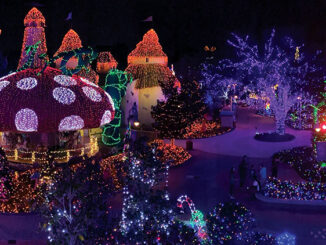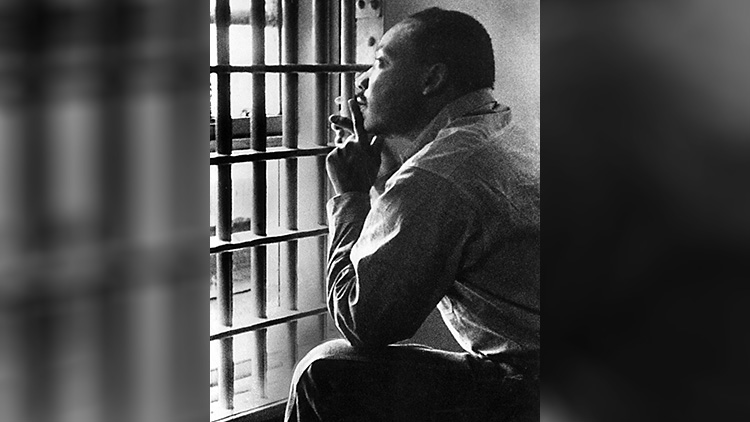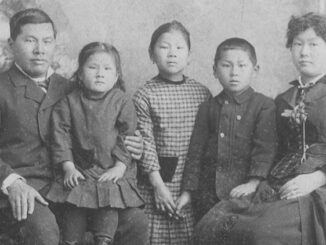
On July 4, Americans celebrate Independence Day. On this date in 1776, the American colonies declared their freedom from Great Britain in the Declaration of Independence. This document, along with the Constitution and the Bill of Rights, is one of the most important documents of our democracy. The signed copy of the Declaration of Independence is on display in the rotunda of the National Archives in Washington, D.C. While this is the “official” copy, it isn’t the only copy from 1776.
On the night of July 4, 1776, a Philadelphia printer named John Dunlap was hired to make copies of the final version of the Declaration of Independence. These became known as “Dunlap broadsides.” A broadside is a large sheet of paper that is printed on one side. It is thought that John Dunlap made about 200 broadsides of the Declaration of Independence. On July 5, the copies were sent to newspapers and local officials throughout the colonies so citizens would know what was happening. Since the Dunlap broadsides were printed before the Declaration of Independence was signed, they look different from the signed version that most people have seen. Over time, most of these broadsides disappeared. Only twenty-six Dunlap broadsides are known to exist today. Most are in museums and libraries. One or two copies are privately owned.
But people are still finding Dunlap broadsides. In 1989, a man in Philadelphia paid four dollars at a flea market for an old painting in a frame. Hidden in the frame behind the painting was a carefully folded Dunlap broadside. It turned out to be worth a little bit more than four dollars. In 1991, the person who found the Broadside sold it for more than two million dollars. Another Dunlap broadside was found in 2009 in the British National Archives. It was stashed away in a box of papers from the American Revolution. It had been there for more than two centuries. It is now in the National Archives.
When we celebrate our freedom on July 4, we should remember this important document that helped to start our democracy.
What Do You Think? Imagine that you found a Dunlap broadside tucked away in a trunk or folded up in an old book. What would you do with it?
Photo Credit: (l)Library of Congress Rare Book & Special Collections Division [2003576546], (r)US National Archives



